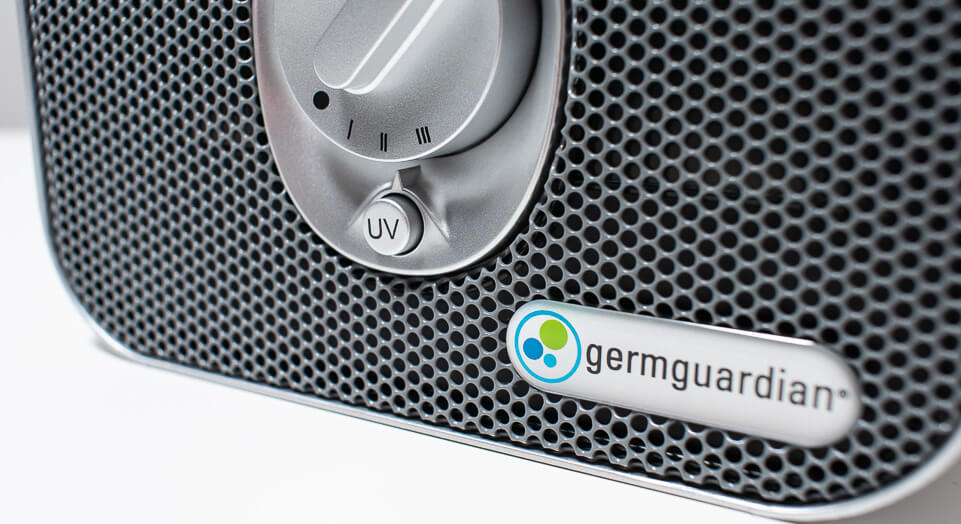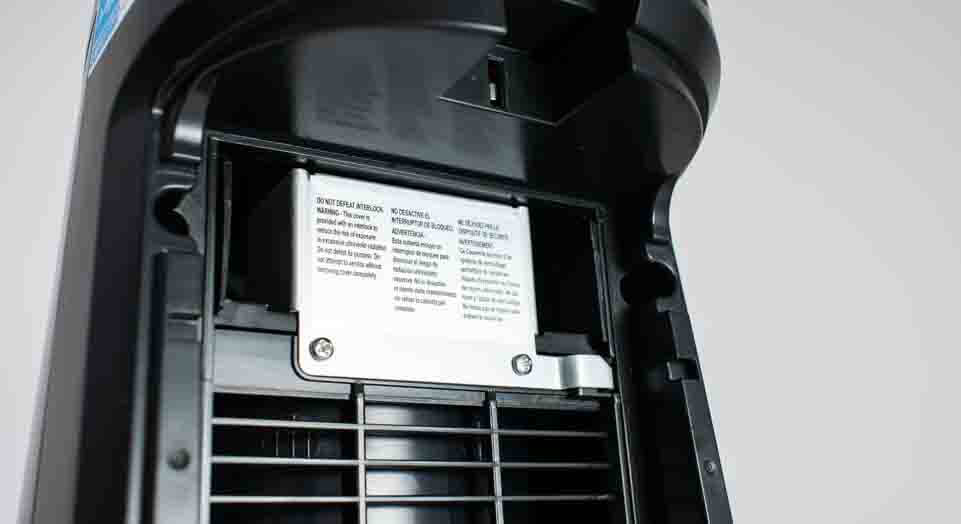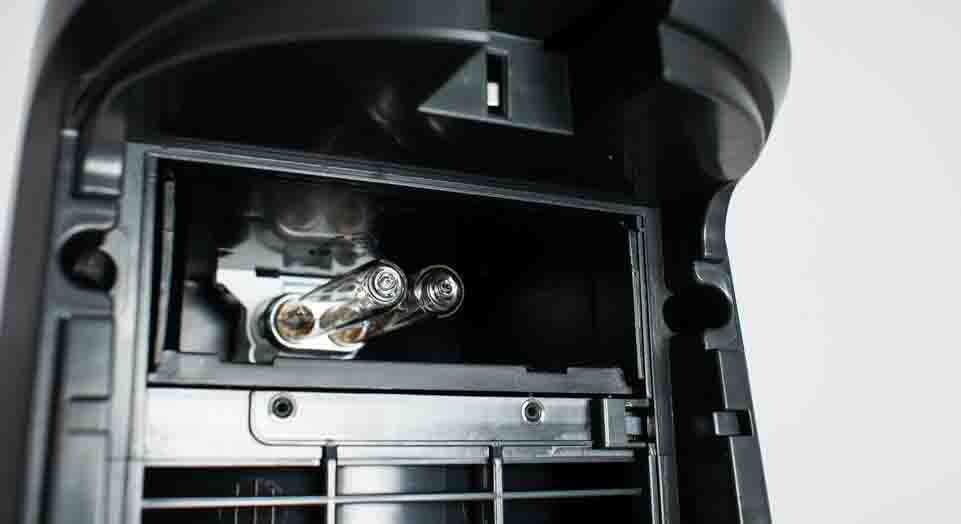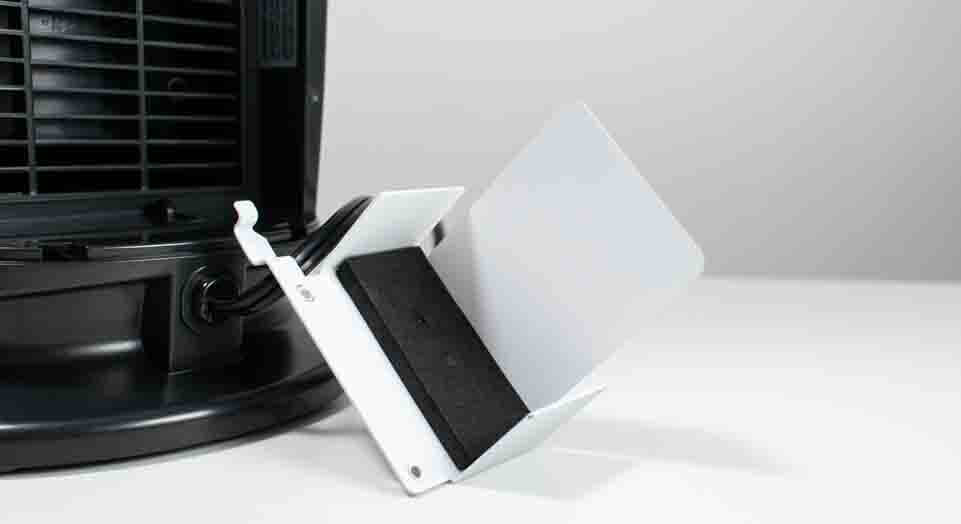UV Air Purifier Analysis

Ultraviolet light is invisible.
Put visible light through a prism and you get all the colors of the rainbow. The full range of colors starts at red on one side – the upper end - of the spectrum and ends at violet on the other side – the lower end - of the spectrum.
Ultra-violet light is light that is beyond violet.
And even though it’s invisible, it’s still a critical component of light. Your body needs some UV light to make Vitamin D.
But give it too much UV light and it starts becoming damaging – UV light is the component of light that’s responsible for burning skin when you lay out in the sun and get a sunburn.
Just like visible light can be broken down into different colors, each at a different wavelength, UV light can be broken down into Ultraviolet A, Ultraviolet B, and Ultraviolet C, each at a different wavelength as well.
- UVA is closest to violet in terms of wavelength.
- UVB is a little further away.
- UVC is furthest away.
It’s not surprising then that UVC is the most damaging to living organisms. Thankfully, the earth’s atmosphere absorbs all of the UVC light emitted by the sun.
But that doesn’t stop humans from generating UVC light for their own purposes.
One of those purposes is using UVC light to kill disease causing microorganisms, otherwise known as germs.
Ultraviolet germicidal irradiation (UVGI) is used in industry to kill germs (disinfect) in circulating air or water systems.
UVGI is implemented in such systems in a particular way to ensure that it’s as effective as it possibly can be. This requires that the system is set up in such a way that
- The air/water is exposed to the light for a sufficient amount of time to ensure that the germs are killed
- The light is of a sufficient intensity to kill the germs
- The air/water doesn’t contain particles that can potentially shield germs from incoming light
- The germs the system is attempting to kill aren’t resistant to UV light
Again, UVGI is absolutely used in industry to kill germs in air or water systems. But these systems have to be set up according to the guidelines described above to be effective.
So, how does a residential air purifier compare to such systems? Let’s evaluate an air purifier according to the four guidelines outlined above.
1. UVGI efficacy is dependent on how long the germ is exposed to the UVC light – i.e. “dwell time”.
In an air purifier this can be achieved in several ways:
using a light with a large surface area
the larger the surface area of the light the greater the area over which the air is exposed to the UVC light
implementing reflective surfaces around the light
effectively increases the surface area of the light
placing the light parallel to the flow of air
more effective surface area than placing it perpendicular to the flow of air
What we’ve outlined above is quite easy to implement in an air purifier, or is it? Some of the most popular UV air purifiers on the market do the exact opposite. Take this GermGuardian unit, for example.



The metal shield on one side of the light implements a white reflective surface. So far, so good. But next, things take quite a turn for the worse:
The other three sides of the compartment that house the UV light are all non-reflective. Furthermore, they essentially enclose the light on all four sides. How is the air exposed to the light at all when the light is implemented this way?
Note: There are some air purifiers on the market, including certain GermGuardian models, that implement UV light much better. The AC5250PT, for example has a long UV light running lengthwise down the back of the air purifier where air is taken into it. With this type of implementation, the UV light has a much better chance to be effective. Nonetheless, our point remains - many popular models including the AC4825 implement UV light quite poorly.
If that’s not bad enough…
How long any particular germ is exposed to the UVC light inside an air purifier is also dependent on flow rate.
The faster the air flows by the light the less dwell time there is for the germ to be exposed to the light.
The problem here is that the faster the flow rate, the better the particle filtration. To lower particle concentration in a room you want to process as much air in that room as fast as possible. You want a particular block of air containing a particular number of particles to go through the air purifier’s filter as many times as possible as quickly as possible.
This is completely opposite of what you would want for UVGI to be effective – where you want the air to be processed as slowly as possible so that a particular block of air containing a particular number of germs is exposed to the UVC light for as long as possible to ensure that they are killed effectively.
2. UVGI efficacy is dependent on the intensity of the UVC light – i.e. it’s wattage
Here we again see many air purifiers fall short. Most UVC light equipped air purifiers on the market use extremely low wattage bulbs. For example, the GermGuardian AC4100 uses a tiny 2 watt bulb. The AC4825 uses a 5 watt bulb.
For UVGI to be effective you want maximum intensity – maximum wattage. This simply isn’t what you get with most UV air purifiers on the market.
3. UVGI efficacy is dependent on the concentration and size/nature of particles in the air being processed
Certain particles can act as a shield around microorganisms to protect them from UVC light. The more particles (the higher the concentration), the greater the chance of a particular germ being shielded from the UVC light. Certain types of particles are more effective at shielding than others – namely larger particles.
Here air purifiers do quite well. Air purifiers remove particles very well, especially larger particles.
But again, we have a problem.
The better the air purifier does in removing particles, the greater the air flow. And the greater the air flow, the lower the dwell time for germs and the less effective the UVGI.
4. UVGI efficacy is dependent on the germ’s resistance to UVC light – some are more resistant than others.
There’s nothing the air purifier can do here. A germ will either be resistant to UVC light or it will not. Nothing about the design of the air purifier can change it.
So, what have we learned so far?
UVC light is effective at killing germs
so much so that UVGI is commonly implemented in industry
Residential air purifiers implement UVGI quite poorly
with poorly located low wattage bulbs.
Furthermore, residential purifiers that are primarily intended for particle filtration cannot implement UVGI properly without sacrificing particle filtration efficacy.
In other words, a residential air purifier has to do what it’s primarily intended to do (particle filtration) worse, in order to kill germs better if it does have a UVC light. The better it does in filtering particles, the worse it’s going to do in killing germs.
You don’t need to kill them to get rid of them
Furthermore, germs are particles. HEPA filters do just fine capturing and filtering out the same things UVC light tries to kill. And even if you do kill them with the UVC light, you still need a HEPA filter to filter out the dead microorganisms from the air.
All of this adds up to…
For the fact that there are opposing requirements for particle filtration as compared to UVGI and the fact that you don’t need to kill germs to remove them it’s not surprising that most air purifiers on the market do not feature a UVC light. Now you know why manufacturers choose to forego this technology.
Would we recommend an air purifier that features a UVC light for killing germs? Sure. But not because it features a UVC light and can therefore kill germs.
How well does the unit filter particles, gases? How quiet is it? How energy efficient is it? These questions are much more important than asking whether it’s equipped with a UVC light or not.
For a list of top rated units on the market that are quiet and energy efficient and filter particles well – and will therefore do a great job of removing germs from the air see here.
Add a Comment
Have a question or comment? Let us know below.

Comments